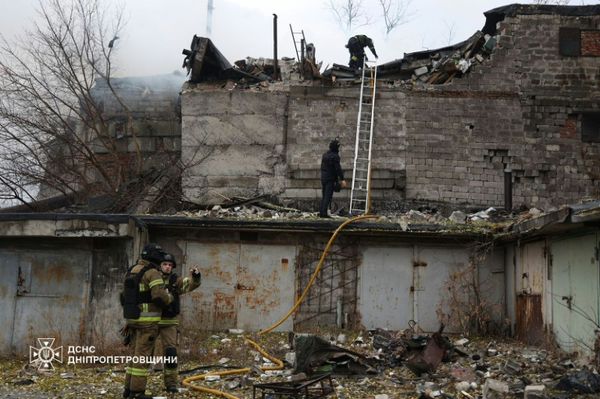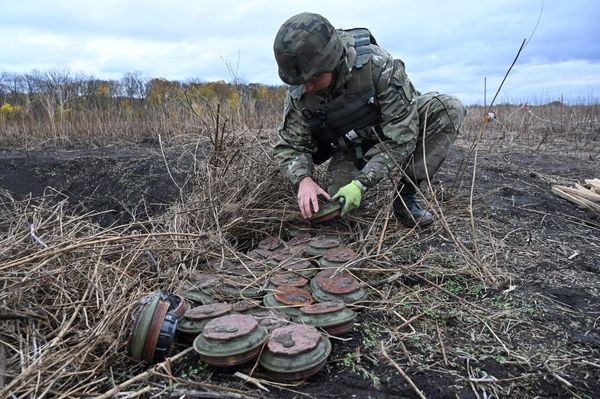In this week’s episode of The Block, an interesting conversation arose about the term ‘master bedroom’ and whether we should be using the word ‘master’ in 2024.
The debate began when the judges were talking about this week’s room — the main ensuite — and judge Marty Fox shared the importance of the room when it comes to a sale.
“With a master ensuite, this is a real money room,” he explained. “This is where buyers judge a house – the master ensuite.”
This prompted judge Shaynna Blaze to raise the issues that come with the term.
“We’re so used to saying ‘master ensuite’, but do you think that’s the right term to use in this day and age?” she asked. “No one’s the master of me, so this is the main bedroom ensuite.”
Shaynna isn’t the only one advocating for a different term. Many real estate agents and industry professionals have also leaned away from using the term to describe the main bedroom.
Here, we take a deep dive into the term’s problematic history and explain why people are starting to use ‘main’ instead of ‘master’.
The history behind the term ‘master’ bedroom

The term ‘master’ bedroom isn’t as old as you might expect, with the first recorded mention of a ‘master’s bedroom’ found in a 1926 Sears mail order catalogue in the United States. Before then, the word ‘chamber’ was used to describe bedrooms.
However, the word ‘master’ comes with its own problematic connotations. In almost all cases, ‘master’ is a male identity, and one that comes with power and privilege. Historically, the ‘master of the house’ ruled over the other members of the household — usually women, servants and in many cases, slaves as well.
They would have also occupied the home’s largest bedroom: the ‘master’s’ suite.
The master versus main debate

Considering the word’s history, it’s clear that the term comes with sexist, racist and classist connotations that many people are, understandably, uncomfortable with.
The movement away from the term began back in the 1990s. At the time, the U.S. Department of Housing and Urban Development stated that the term ‘master bedroom’ was not discriminatory.
This, however, was not the end of the discussion around the word, which flared back up in the 2010s and with the rise of the Black Lives Matter movement. In 2020, The Houston Association of Realtors became the first U.S. industry group to stop using the term, choosing to use the label ‘primary bedroom’ instead.
Many other industry groups have since followed suit — in the States as well as in the UK and here in Australia.
So, is it ‘main’ or ‘master’?
Different people may have their own preferences, but as a whole, the industry seems to be shifting away from the word ‘master’. In Australia, it has definitely become more common to use the term ‘main bedroom’ and ‘main bathroom’.
The movement has also opened up questions about the use of other interior terms, such as ‘his and hers’, which aren’t exactly inclusive of LGBTQIA+ couples.
And while it might just feel like semantics, it’s worth considering that our language carries weight and that words really can create change.
This article originally appeared on Home Beautiful and is republished here with permission.







